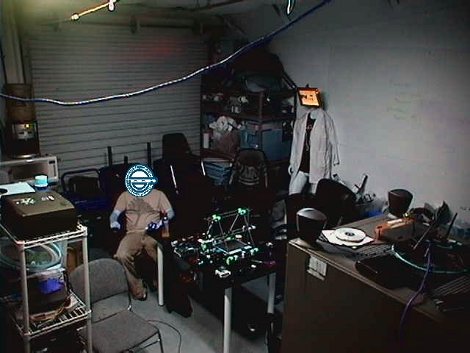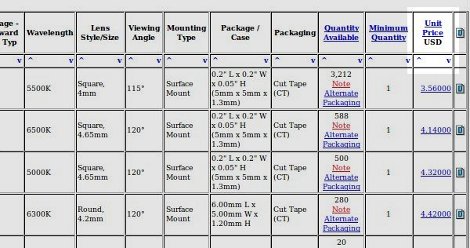
Google’s Gmail is a highly viable option for email. With numerous features and options like widgets, a task list, labels, and chat, Gmail has a slight tendency to get overwhelming and might force us to loose focus on what it is really all about: email.
What can make Gmail better? For starters, how about no ads; they are cluttering and distracting. What about getting rid of the widgets and unnecessary features like labels and chat that we think are supposed to make us more productive but really only make us lose our focus to send, read and reply to email? Nobody knows Zen better than [Leo] at Zen Habits. We weren’t surprised that he and his friends (with Firefox and Greasemonkey) have found a way to trim all the unnecessary elements from Gmail and make it into an email powerhouse that focuses on a basic productive email client. The minimalist inbox for Gmail consists of Greasemonkey scripts for:
- Removing gadgets
- Hiding labels, chat and footer
- Removing ads
- Removing stars
- Getting rid of the Gmail logo and searchbar
- Removing menu navigation bar
- Cleaning up and removing unnecessary buttons
To get started focusing on email, and only email, head on over to ZenHabits for a list of associated scripts and what exactly they can do to help you on your road to the minimalist Gmail.















